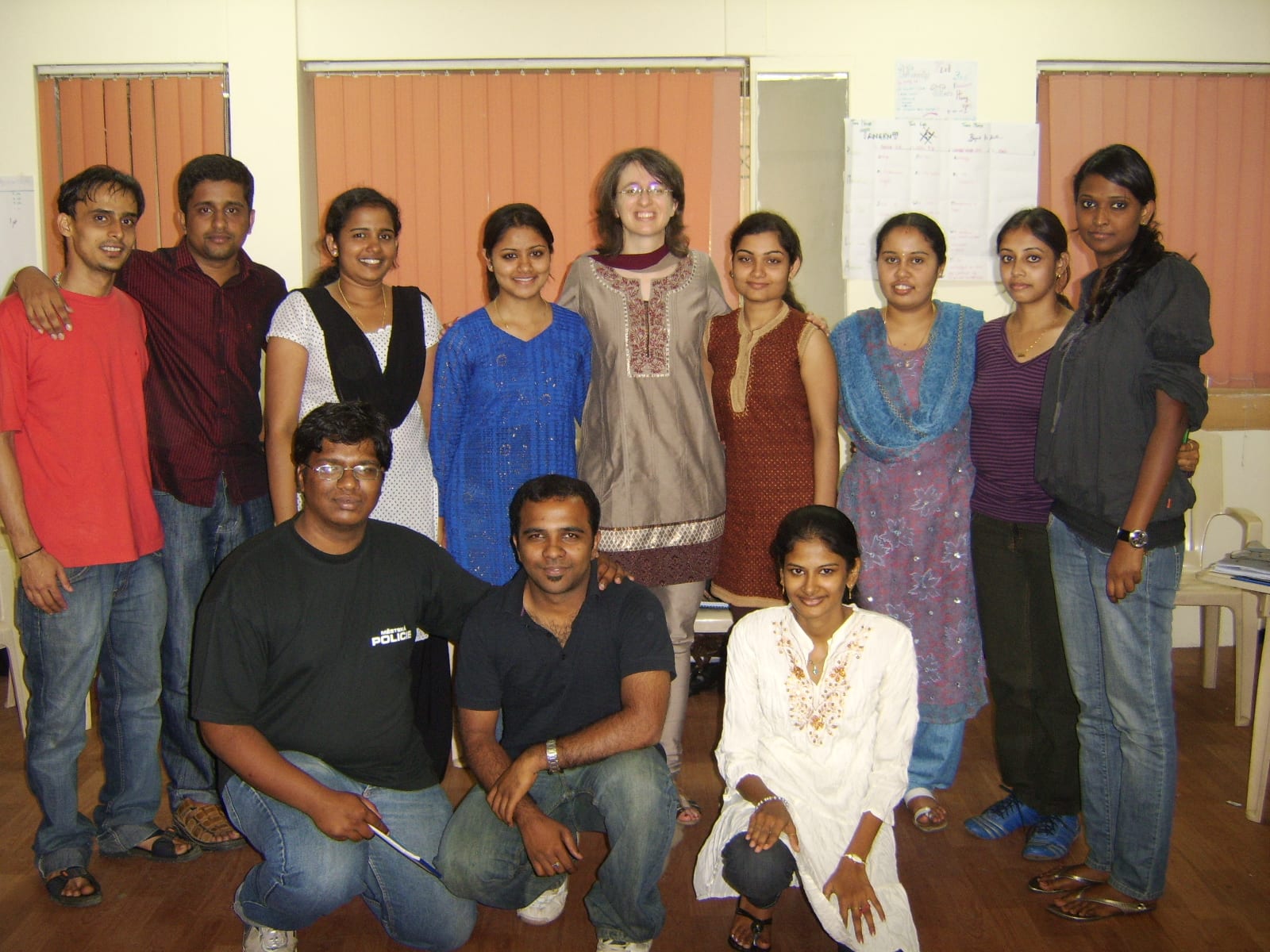As I travel from company to company coaching leaders and collaborating with teams, I have the good fortune of seeing it all: The great, the good, and the (very rarely) ugly. But one thing that most companies have in common today is a desire for their workforce to have a global mindset. This little phrase is buzzing around in organizations from large multinationals to small non-profits.
The question is, what is a global mindset? Of course, no single answer exists, but the definitions vary from highly accurate to a display of denial. Let’s first look at a few examples from the latter.
Many companies tout their globalness, proclaiming internally and on social media that “we are a global company.” In practice, however, you might see the following:
- Meetings only take place during time zones that are convenient for headquarters
- Lack of global representation in top leadership
- Middle management leads a global team with no concrete plan to develop their cross-cultural skills
- The company seeks ideas for initiatives only from headquarters rather than from worldwide sources
- No norms or agreements in place on global, virtual teams
- Leaders send their teams to training on collaboration and don’t show up themselves
- Leaders stop learning and challenging their global competencies
The list could go on. You might even recognize yourself in one of these issues. That’s a positive sign, because the recognition is a large part of making progress from a company with multiple locations to a truly global company.
On the bright side, I’m also seeing more and more examples of highly effective definitions of “global mindset.” Here are some examples:
- Top leadership checks and works on their own biases, then provides resources to reduce unconscious bias in their company (https://managingbias.fb.com/)
- Rotate global conference calls to share the burden of the time zone differences
- Provide robust technology and training to ensure collaboration on global virtual teams
- Leaders and staff consistently work toward a high level of competency in navigating cross-cultural differences (https://idiinventory.com/)
- Consistent visual reminders in all locations of the company’s global presence (clocks from various time zones, posters with staff from around the world, visuals of the company values as they relate to worldwide goals, etc)
- Ask about dietary restrictions when planning company events
- Provide expatriates with cultural orientation on their arrival
- Provide concrete channels of communication for global team members (including non-native speakers of the company’s language) to have their voice heard
- Acknowledge holidays from the varied cultures on global teams
- Hire the best talent from worldwide sources, and leveraging their value through inclusive behaviors
- Leadership sends a strong and consistent message about what a global mindset is for that company, then role-models the behaviors themselves
This list could also go on and on. You might see some areas where your team is strong and some areas where opportunities for growth abound. What matters is that you look beyond the phrase “global mindset” and into the specifics. Ask yourself or your team what attitudes, behaviors, and skills are needed for you to be getting the best from everyone.
What do you think “global mindset” means? Post your comments and let’s share!





